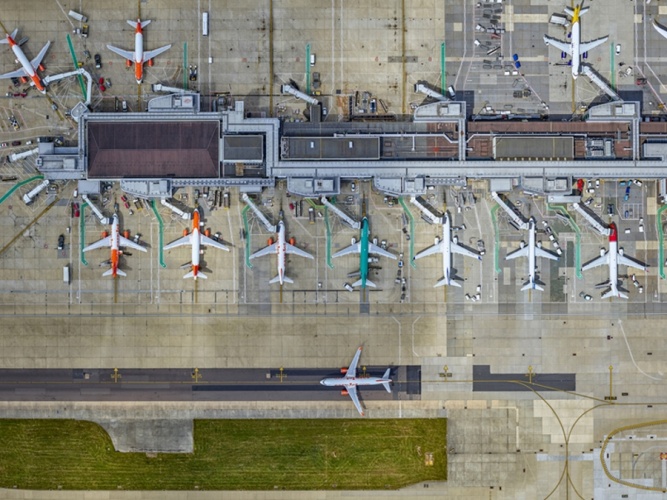
This is the vision of Cambridge life-support system specialist Lungfish Dive Systems, which is working with healthcare organisations and aerospace companies to explore the possibility of using commercial airliners as makeshift Hyperbaric oxygen therapy (HBOT) chambers.
MORE ON THE ENGINEERING RESPONSE TO COVID-19 HERE
HBOT - breathing oxygen under pressure – has the potential to prevent patients deteriorating to the level where they require ventilation. It is standard treatment for many diseases where hypoxia is a factor, but a shortage of HBOT chambers has been perceived as a barrier to adoption for treating COVID-19.
Makeshift HBOT chambers can be pressurised to the required levels for potentially effective treatment – approximately 1.6 times atmospheric pressure.
Company founder Dr Daniel Reynolds told The Engineer that the most significant work to an aircraft would involve adjustments to various control systems and settings to enable the cabin to be pressurised whilst on the ground.
“Normally the aircraft are automatically depressurised on the ground to make sure there is no differential pressure that would interfere with the doors being opened,” he said. “These systems will have to be reconfigured.
“Different aircraft also use different means of pressurisation. For instance, it would be best to use aircraft that have their own compressor rather than running from engine bleed-air. Depending on the aircraft used, it might be necessary to provide compressed air from an external source.”
He added that pending clinical trial results, the treatment would probably be performed in 90-minute cycles, between which times the aircraft would be depressurised, enabling people and equipment to be moved in and out as needed.
“The medical staff would be well advised to breathe oxygen as well during the cycles of compression, to avoid becoming saturated with nitrogen over time,” Reynolds said. “However, in the case of COVID treatment, they would likely be wearing respirators anyway for safety reasons, so this would not be too different from current practice.”
A clinical trial of HBOT under conditions achievable in an aircraft is due to start shortly, involving patients at a hospital in Canada. Lungfish Dive Systems is also in talks to secure further clinical trials in the UK to determine factors such as efficacy, optimal dose, which patients might benefit most and any complications.





Swiss geoengineering start-up targets methane removal
No mention whatsoever about the effect of increased methane levels/iron chloride in the ocean on the pH and chemical properties of the ocean - are we...